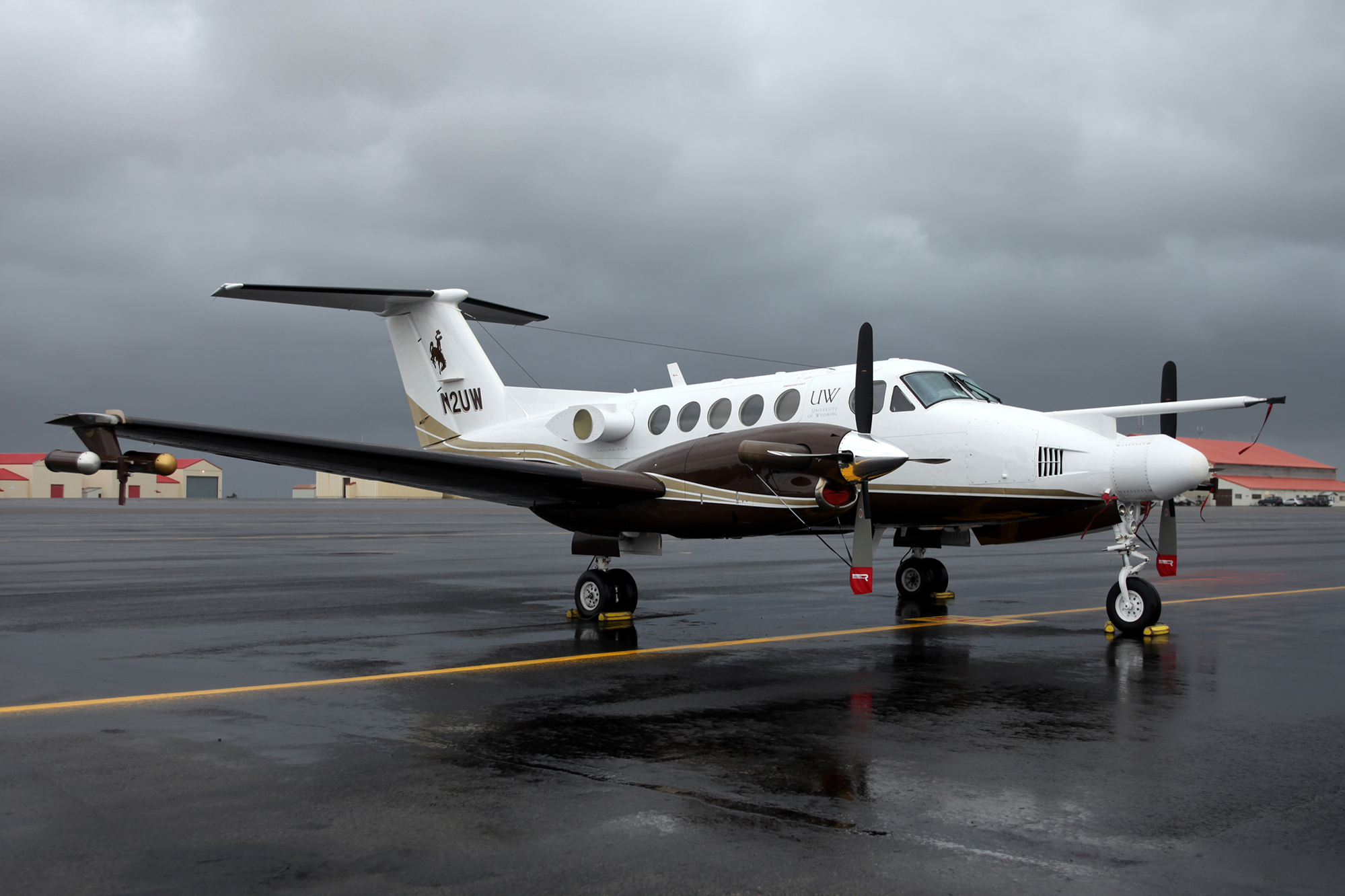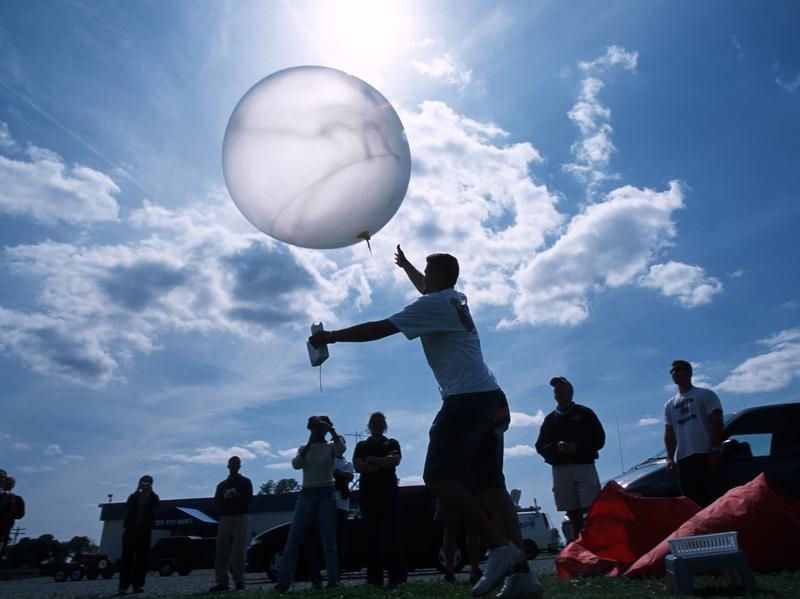The PECAN campaign calls for a wide range of platforms and instruments to profile the troposphere, the lowest layer of the atmosphere, to make detailed observations of temperature, pressure, humidity, and wind speed and direction. The PECAN observational suite incorporates over 100 instruments that will encompass the Nebrask, Kansas and Oklahoma region, including:
Mobile & Fixed PECAN Integrated Sounding Arrays
 Essential to PECAN is the PECAN Integrated Sounding Array (PISA), a network of 10 units: four Mobile PISAs (MP) and six Fixed PISAs (FP), profiling the kinematic, thermodynamic, and moisture structure of the troposphere; mainly in the lower troposphere. Capabilities of the combined platforms and instrumentation include scanning Doppler radars and lidars, radiosonde systems and experimental profiling sensors such as DIfferential Absorption Lidars (DIAL) & Raman lidars, multi-channel microwave radiometers, infrared spectrometers, and acoustic systems.
Essential to PECAN is the PECAN Integrated Sounding Array (PISA), a network of 10 units: four Mobile PISAs (MP) and six Fixed PISAs (FP), profiling the kinematic, thermodynamic, and moisture structure of the troposphere; mainly in the lower troposphere. Capabilities of the combined platforms and instrumentation include scanning Doppler radars and lidars, radiosonde systems and experimental profiling sensors such as DIfferential Absorption Lidars (DIAL) & Raman lidars, multi-channel microwave radiometers, infrared spectrometers, and acoustic systems.
>> Read more about the PECAN Integrated Sounding Arrays (PISAs)
Mobile & Fixed Radar
A fleet of mobile C-band and X-band Doppler radars, balloon soundings, profiling instruments and mesonets; and a national network of fixed radars including the NCAR S-PolKa near Hays, KS will be used to collect data on where thunderstorms form and the distribution of rainfall intensities.
>> Read more about the PECAN Fixed & Mobile Radars
Research Aircraft
 The NSF/University of Wyoming King Air and the NASA DC-8 will probe the pre-convective environment, and the NOAA P-3 will study the microphysical characteristics of developing and mature stratiform regions of Mesoscale Convective Systems (MCSs).
The NSF/University of Wyoming King Air and the NASA DC-8 will probe the pre-convective environment, and the NOAA P-3 will study the microphysical characteristics of developing and mature stratiform regions of Mesoscale Convective Systems (MCSs).
>> Read more about the PECAN Research Aircraft
PECAN Advanced Education Resources

